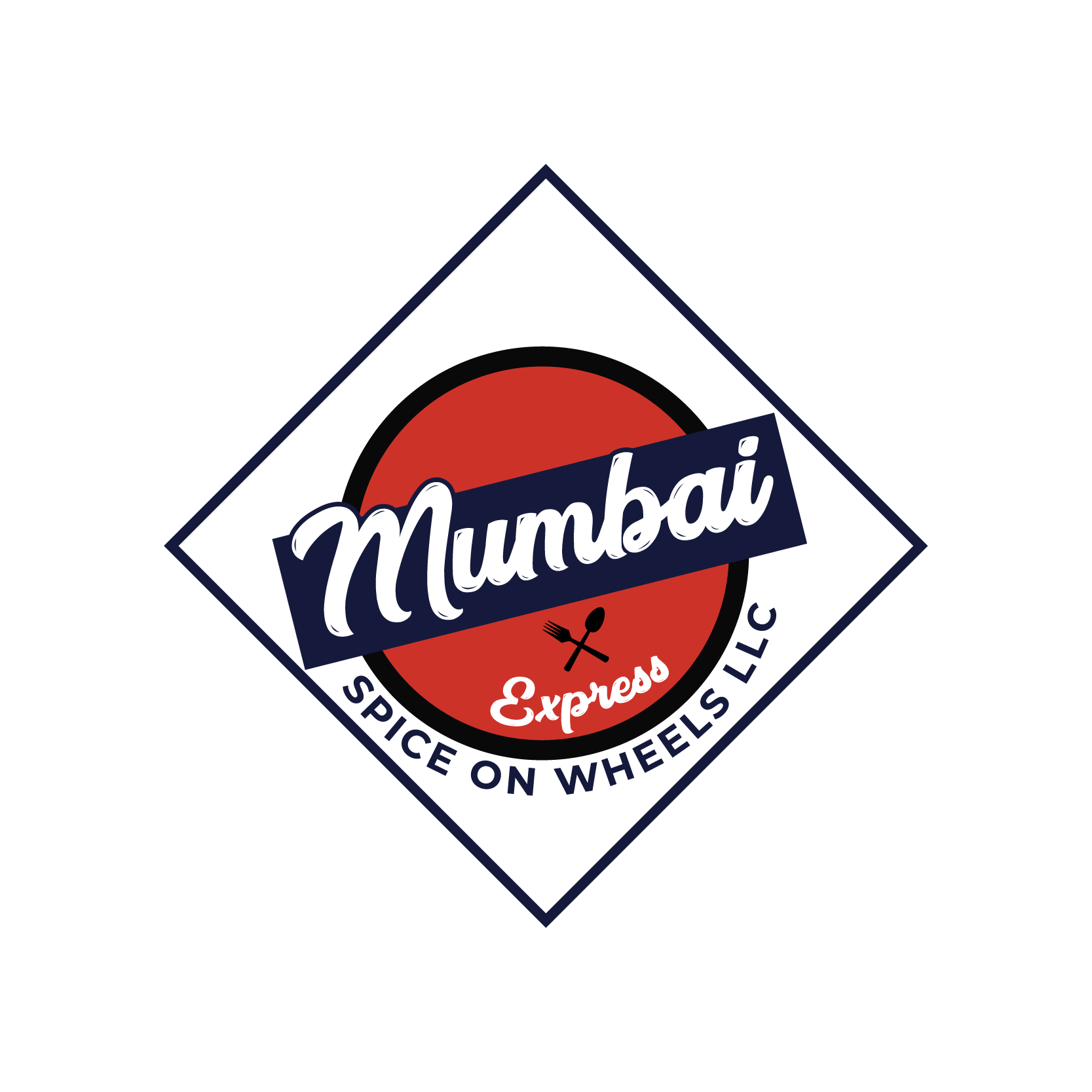Welcome to our food blog, where we celebrate the rich and diverse world of culinary delights. Today, we’re diving into a classic favorite: Chicken Curry. This dish is a symphony of flavors, blending aromatic spices with tender chicken, creating a meal that’s both comforting and exciting. Whether you’re a seasoned cook or a kitchen novice, our step-by-step guide will help you master this delicious recipe.
Why You’ll Love This Chicken Curry
Chicken curry is a versatile dish that can be as mild or as spicy as you like. It’s perfect for family dinners, gatherings with friends, or even meal prepping for the week. The combination of spices, coconut milk, and tender chicken makes for a hearty and satisfying meal. Plus, it’s a great way to introduce more homemade, healthy meals into your diet.
Ingredients
To make this mouth-watering chicken curry, you’ll need:
- 2 lbs of chicken thighs (boneless and skinless, cut into bite-sized pieces)
- 2 tablespoons of vegetable oil
- 1 large onion (finely chopped)
- 4 cloves of garlic (minced)
- 1-inch piece of ginger (grated)
- 2 tomatoes (chopped)
- 1 can of coconut milk (13.5 oz)
- 1 cup of chicken broth
- 2 tablespoons of curry powder
- 1 teaspoon of ground cumin
- 1 teaspoon of ground coriander
- 1/2 teaspoon of turmeric
- 1/2 teaspoon of chili powder (adjust to taste)
- Salt and pepper (to taste)
- Fresh cilantro (chopped, for garnish)
- Juice of 1 lime (optional, for a tangy twist)
Instructions
- Prepare the Ingredients:
- Start by prepping all your ingredients. Chop the onions, tomatoes, and cilantro. Mince the garlic and grate the ginger. Cut the chicken into bite-sized pieces.
- Cook the Aromatics:
- Heat the vegetable oil in a large pot over medium heat. Add the chopped onions and cook until they become translucent, about 5 minutes. Add the garlic and ginger, and cook for another 2 minutes until fragrant.
- Add the Spices:
- Stir in the curry powder, ground cumin, ground coriander, turmeric, and chili powder. Cook the spices for about 1 minute, stirring continuously to prevent burning. This step helps to release the full flavor of the spices.
- Cook the Chicken:
- Add the chicken pieces to the pot, stirring to coat them in the spice mixture. Cook until the chicken is no longer pink on the outside, about 5 minutes.
- Simmer the Curry:
- Pour in the chopped tomatoes, coconut milk, and chicken broth. Stir to combine everything. Bring the mixture to a boil, then reduce the heat to low and let it simmer for 20-25 minutes, or until the chicken is cooked through and the sauce has thickened.
- Season and Serve:
- Season the curry with salt and pepper to taste. If you prefer a tangy flavor, add the juice of one lime. Garnish with fresh cilantro before serving.
Tips for the Perfect Chicken Curry
- Marinate the Chicken: For extra flavor, marinate the chicken pieces in a mixture of yogurt, lemon juice, and a bit of curry powder for 30 minutes to an hour before cooking.
- Adjust the Heat: If you like your curry spicier, add more chili powder or a chopped green chili. For a milder version, reduce the chili powder or omit it altogether.
- Use Fresh Spices: Freshly ground spices will give your curry a more vibrant flavor compared to pre-ground spices that have been sitting in your pantry for a while.
Serving Suggestions
Chicken curry pairs beautifully with a variety of sides:
- Basmati Rice: The fragrant, fluffy rice is a perfect match for soaking up the delicious curry sauce.
- Naan Bread: Soft and chewy naan is ideal for scooping up every last bit of curry.
- Steamed Vegetables: A side of steamed broccoli, carrots, or green beans adds a healthy and colorful contrast to the rich curry.
Final Thoughts
There’s something incredibly satisfying about making chicken curry from scratch. The process of blending spices, simmering the sauce, and tasting the harmonious flavors come together is truly rewarding. We hope this recipe brings as much joy to your kitchen as it does to ours.
Happy cooking!
If you try this recipe, let us know how it turned out in the comments below. Don’t forget to share your photos and tag us on social media using #MyDeliciousChickenCurry. Enjoy!



